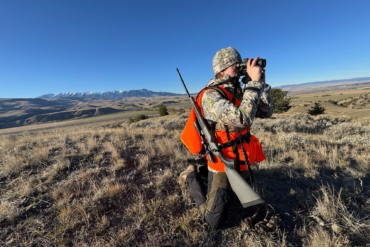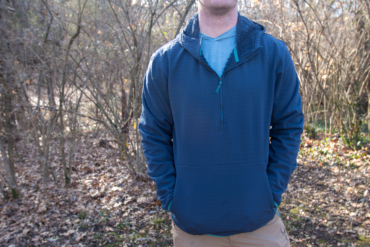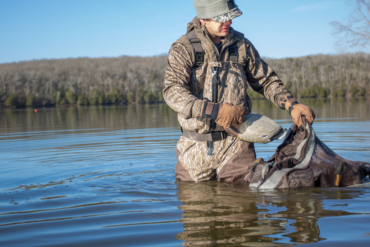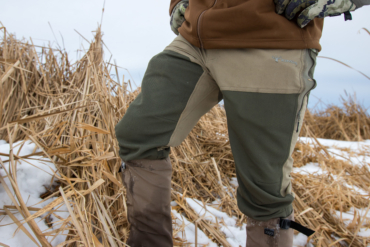Throwing a jacket in a river on a winter hike may sound crazy. But when a company claims that a new insulation works when wet… well, there are only so many ways to find out.
Thus was the case last weekend in Colorado. It was 30 degrees outside, and I was about to hike up an ice-covered road that leads to routes up the popular 14er’s Grays and Torres peaks. But before starting the hike, my jacket would go for a nice long swim in a very cold stream.
(Editor’s Note: Two years later, this is still one of my favorite jackets among dozens I test each year. It has proven durable and versatile. Thermoball insulation is still popular in many jackets by The North Face as of fall 2015.)
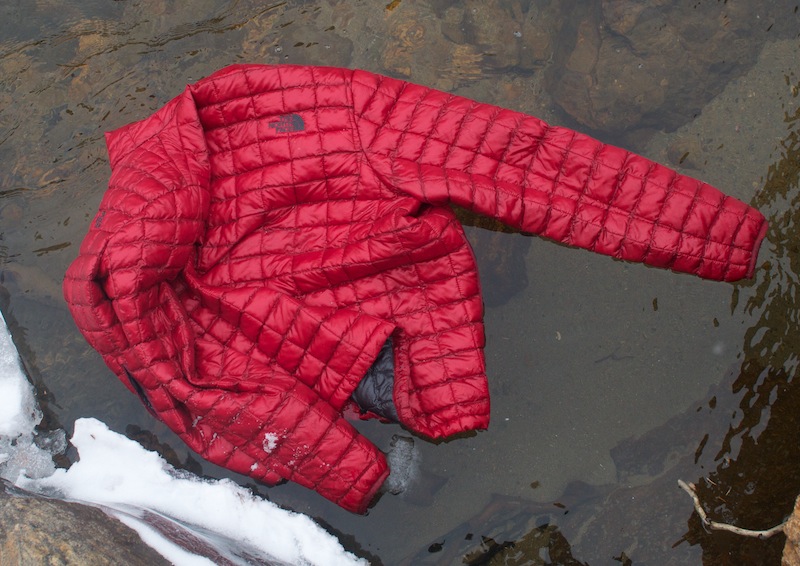
The North Face’s ThermoBall Full Zip Jacket ($199) is a puffy made with a new type of PrimaLoft synthetic insulation (also called ThermoBall) that is designed to be both packable and warm when wet.
The jacket has two hand pockets, an elastic closure at the wrists, and a waist cinch-cord system. It weighs about 11.5 ounces and packs into its own pocket, compressing to about the size of a cantaloupe. It doesn’t quite match down’s compressibility, but ThermoBall does pack well for a synthetic.
The company claims ThermoBall has nearly the same warmth-to-weight ratio as a quality goose down. I cannot entirely validate that claim, but when dry the jacket has very similar insulation properties as a down sweater of similar thickness.
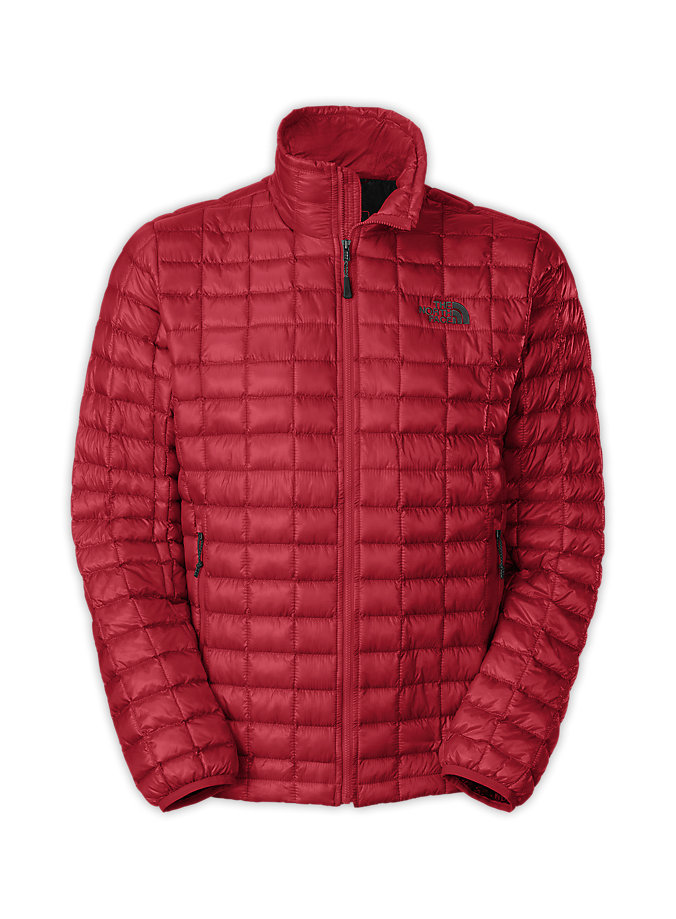
But the big claim, and the one I set out to test, was that the insulation will “achieve phenomenal warmth in cold and wet weather” by maintaining loft even when loaded with water.
Untreated down soaks with water when wet, losing its loft and thus its warmth (hydrophobic treated down does work better – see our shower test of a Sierra Designs DriDown jacket). Synthetic insulation like ThermoBall, which is a pilled and billowy polyester fill, does not soak in water. ThermoBall keeps most of its loft when wet, allowing your body heat to be trapped in its fibers — wet or dry — to keep you warmer.
I decided to test these claims in the toughest way I could devise.
I arrived at the trailhead as snow fell through chilling wind. With the air temperature at 30 degrees Fahrenheit, I took off the jacket, shivered in my base layer, and tossed the puffy into an icy stream.
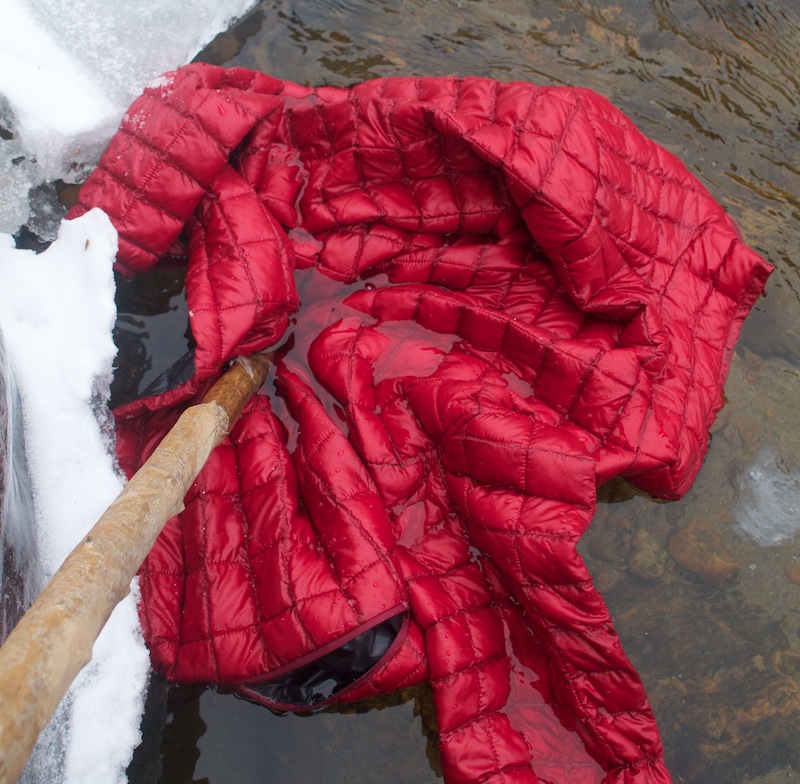
Right away I noticed the jacket wouldn’t sink. The hydrophobic nature of the materials just didn’t want to go in the water. I grabbed a stick and shoved it under for a minute, churning it around to ensure a good soaking.
I pulled the finally-wet jacket from the water, gave it a quick shake and put it on over a single thin polyester layer.
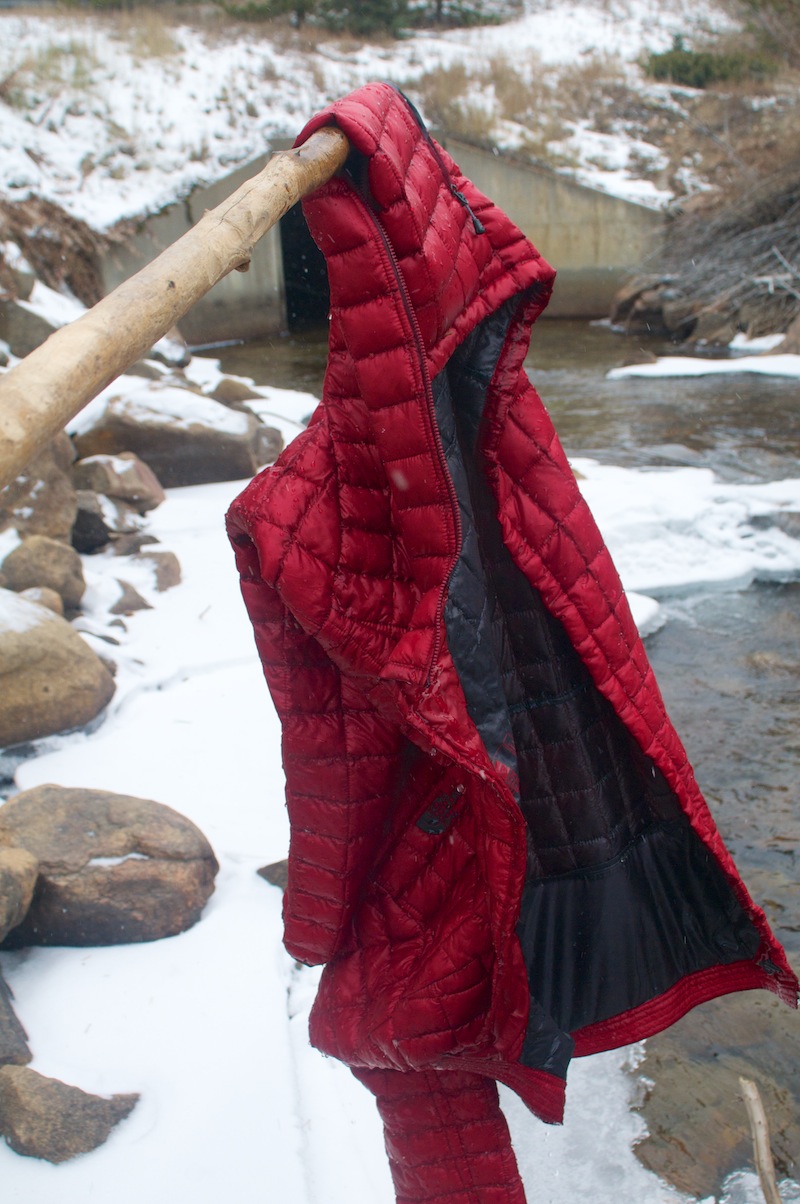
I expected a jolt from the cold water but was surprised to actually feel a warming sensation within seconds. In less than a minute, I was already comfortable in the jacket even as I poured the last of the water out of the pockets.
“Well,” I thought, “time to go for a hike.”
I walked steadily for about an hour up an incline as snow and the temperature fell. I was soon sweating lightly and subjecting the jacket to water from the inside, a much more realistic source of potentially chilling moisture. The light nylon outer material is breathable and my sweat was not a big issue.
I crested a hilltop and enjoyed a nice view of the mountains. I turned to head back to the car and cooled quickly on the descent.

Removing my gloves, I rubbed my hands over the jacket to feel for water. It felt dry and cold on the outside where snow and ice flecked the red nylon outer shell. The jacket was dry and warm on the inside — I’d never have guessed that it had been in a freezing stream an hour earlier.
A couple miles later I reached the car, comfortable and dry. I shook my head in disbelief at the remarkable water-handling capabilities of the jacket as I tugged at the zippers, sending tiny shards of ice into the winter air.
The North Face makes several jackets with ThermoBall insulation that just came to market this fall, including vests and hoodies for men and women.
For more normal use, the jacket has a DWR treatment on its face fabric for light rain protection. But The North Face recommends a waterproof shell jacket worn over this kind of coat in normal situations when precip is in the forecast.
The ThermoBall Full Zip Jacket is a great insulating layer for any cold weather activity, especially when water or sweat might come into play. It is light, warm and performs remarkably when wet. For those in damp, cold climates, sweaty winter athletes, and for anyone looking at a mid-weight insulating sweater, this jacket is a solid choice.
—Sean McCoy is managing editor at GearJunkie.com


